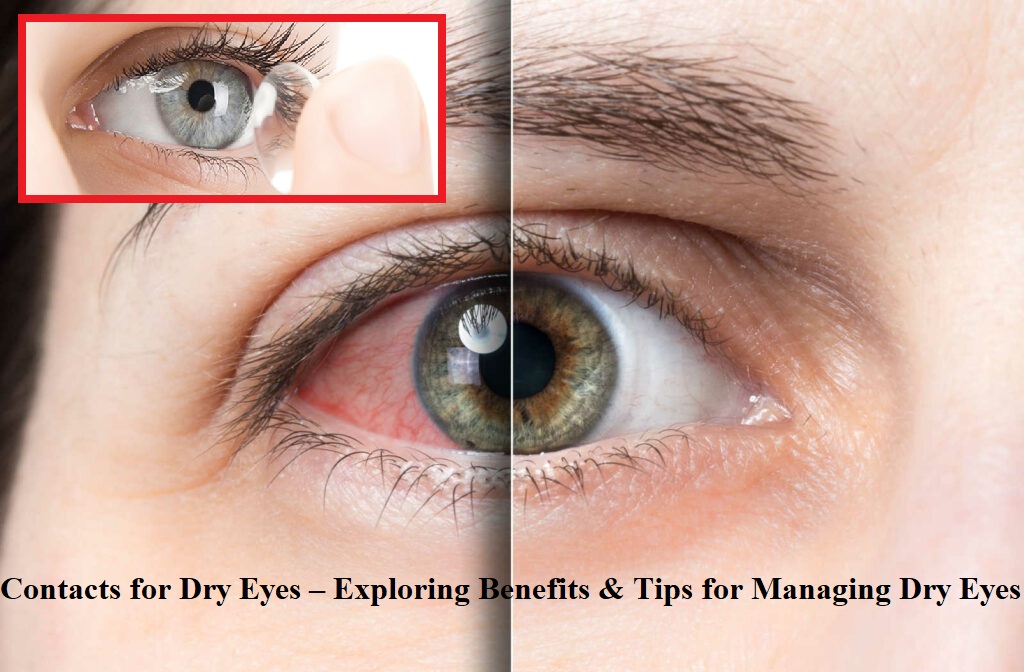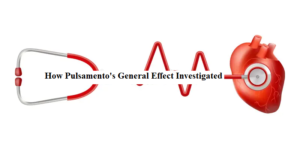Contact lenses can exacerbate dry eye symptoms due to their impact on tear film stability and oxygen flow to the cornea. Proper contact lens hygiene, the use of lubricating eye drops, and limiting screen time are recommended to manage dry eye symptoms while wearing contacts. Consulting an eye doctor is important to find the most suitable contact lens option. Contact lens options that can help manage dry eyes:
-
Soft Contact Lenses
Soft contacts made of hydrogel materials that retain moisture are generally better tolerated by those with dry eyes compared to rigid gas permeable lenses.
-
Silicone Hydrogel Lenses
Lenses like Acuvue Oasys and Dailies Total 1 are made from silicone hydrogel, which allows more oxygen to reach the cornea and helps prevent dehydration during wear.
-
Scleral Lenses
These large, specialized contacts cover the entire front surface of the eye, creating a moist environment that can greatly benefit those with severe dry eye.
The Best Contact Lenses for Severe Dry Eye Syndrome
For severe dry eye syndrome, scleral contact lenses are often considered the best option. Scleral lenses are large, gas permeable lenses that vault over the cornea and rest on the white part of the eye (sclera). This creates a fluid-filled space between the back of the lens and the front of the eye, providing a moist environment that can greatly benefit those with severe dry eye. In addition to scleral lenses, silicone hydrogel soft contact lenses are also a good choice for managing dry eye symptoms. Silicone hydrogel materials allow more oxygen to reach the cornea compared to traditional soft lenses, helping to prevent dehydration during wear.
Key Benefits of Scleral Lenses for Dry Eyes
- Improved comfort by creating a fluid reservoir that bathes the cornea in tears.
- Reduced light sensitivity and glare that can accompany dry eye.
- Ability to correct vision problems that may accompany severe dry eye, such as irregular astigmatism.
Best Tips for Managing Dry Eyes with Contact Lenses
-
Use Rewetting Drops and Artificial Tears
Using rewetting drops or preservative-free artificial tears can provide relief and lubrication for dry eyes when wearing contacts. These drops are designed to be compatible with contact lenses and can be used as needed throughout the day.
-
Choose Silicone Hydrogel or Daily Disposable Lenses
Soft contact lenses made from silicone hydrogel materials allow more oxygen to reach the cornea, helping to prevent dehydration. Daily disposable lenses also reduce the buildup of deposits that can contribute to dryness.
-
Limit Contact Lens Wear Time
If you experience significant discomfort or dryness while wearing contacts, try limiting the amount of time you have them in each day. Consult your eye doctor about the appropriate wear time for your specific lenses.
-
Practice Good Lens Hygiene
Properly cleaning and disinfecting your contact lenses is crucial to prevent eye infections that can exacerbate dry eye.
-
Avoid Environmental Triggers
Steer clear of environmental factors that can worsen dry eye symptoms, such as air conditioning, wind, and low humidity. Using a humidifier can also help maintain moisture in the air.
-
Consider Scleral Lenses for Severe Dry Eye
For those with severe dry eye syndrome, scleral contact lenses may provide the best relief. These large lenses vault over the cornea and create a fluid-filled space that bathes the eye in tears. Consulting an eye doctor is key to finding the right contact lens solution and management approach for your individual dry eye needs.














+ There are no comments
Add yours